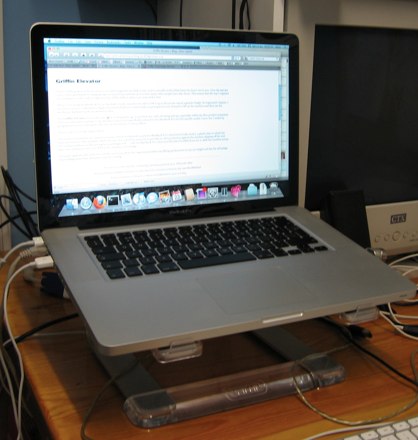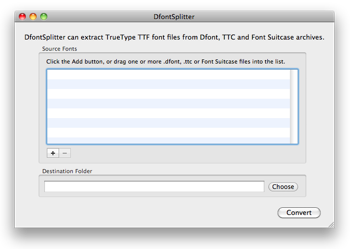I have a little project at the moment to try and reorganise my desk in my room to actually work a little better for how I use it now. Over the last few years, I have gravitated to using laptops as my primary systems (as I’m sure many other people have also done). This means that the way I organise my workspace needs really to take account of that shift in what I use most of the time.
When I was using my MacBook Pro at the desk, I really wanted to be able to lift it up so the screen was at a greater height, for ergonomic reasons. I also have access to a standalone Apple aluminium keyboard which made acquiring some sort of stand to lift up the machine and then use the standalone keyboard quite an attractive idea.
The Griffin Elevator is actually one of the most popular, go-to products for, well, elevating laptops, especially within the Mac product ecosystem. There are alternative options to the Elevator, some more specifically tailored to the MacBook Pro and the specific model I have, but I ended up going ahead and purchasing the Elevator as my solution to this problem.

I have to say I’m pretty happy with it.
The product is basically two aluminium arms (which incidentally match the MacBook Pro’s aluminium body nicely), a plastic base in which the arms slot and two bits of plastic which slot onto the end of the arms just to provide an extra protection against the machine slipping off the end. The contact surfaces on the arms grip surprisingly well — with the MacBook Pro, there is a little bit of wobble if you try to slide the machine across them, but unless you use a lot of force the machine won’t budge.
It is quite expensive for what it is, but for me it now solves the ergonomic problem by lifting up the screen to my eye height and has the advantage of providing more than adequate room for cooling.



